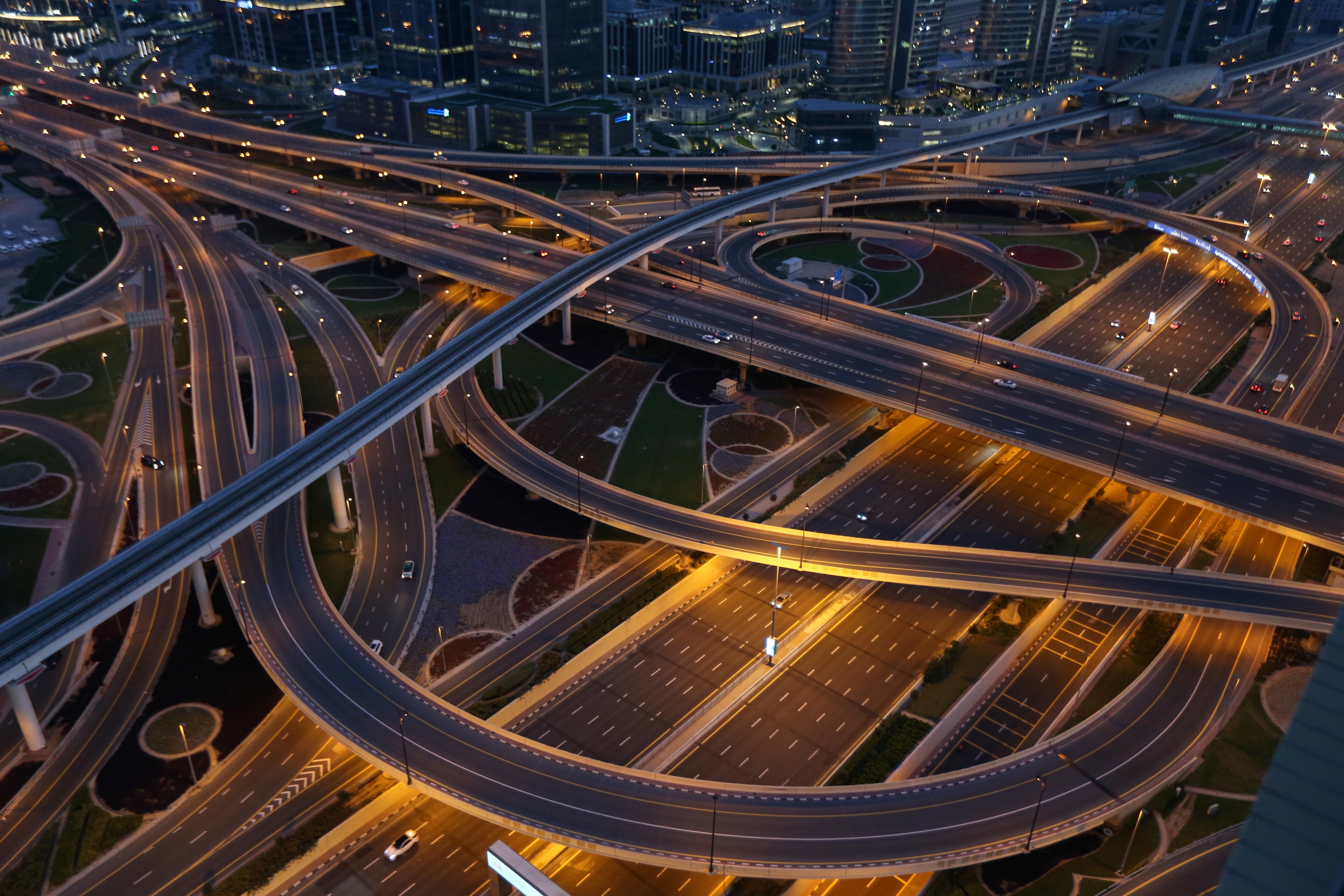What is Earth observation data – and how can it help protect our environment?

Earth observation is crucial to protecting our planet.
Image: NASA
- An estimated $3.8 trillion could be generated by Earth observation (EO) data by 2030, according to a new World Economic Forum report.
- In addition to the business applications, EO is vital to protecting our planet, helping us track ecosystem health.
- Yana Gevorgyan, of the Group on Earth Observations (GEO), talked to the Forum about the importance of mapping more of the Earth's ecosystems.
“Earthrise” is one of the most iconic images ever taken. Snapped in 1968 by Apollo 8 astronaut William Anders, who died this month, it changed how we perceive our planet. Its depiction of Earth as small and vulnerable in space, rising above the moon's surface, is often credited with igniting the environmental movement.
Earth observation (EO) has come a long way since then. According to a new report from the World Economic Forum, Amplifying the Global Value of Earth Observation, EO could contribute $3.8 trillion to global gross domestic product between 2023 and 2030.
How is the World Economic Forum fighting the climate crisis?
Most of this value derives from EO applications in business, industry, agriculture and the public sector. However, EO is also vital to protecting our planet, providing data on Earth’s natural ecosystems that helps us track aspects such as the impact of greenhouse gases and progress in reducing GHG emissions.

What is Earth observation data?
“Earth observation is information that's being gathered about the planet Earth, specifically its physical, chemical and biological systems. We collect this information using different sensor technologies from space and all the way to the bottom of the ocean,” Yana Gevorgyan, Director of the Secretariat at the Group on Earth Observations (GEO), told the World Economic Forum.
“We use satellite technology, aircraft, thermometers, people who are walking sensors, and underwater technology to map the bottom of the ocean.”
Earth observation systems can provide data about a wide variety of variables, including soil moisture content, atmospheric conditions, land and sea temperatures, as well as classifying land coverage and how it’s changing and monitoring the presence of chemicals and radiation levels.
By continuously measuring and monitoring the health of its natural ecosystem, researchers can comprehensively diagnose how our planet is doing.
How is Earth observation used to protect our natural environment?
EO data is used for a wide range of applications, the Forum’s report says.
One example of EO’s importance in the environmental context is the observation of mangroves. One of the world’s most valuable ecosystems, mangroves provide food for marine creatures, prevent flood damage and store carbon. But they are in danger of disappearing due to human activity, shoreline erosion and extreme weather events. By observing mangrove forests over time via satellite, losses can be tracked and work initiated to prevent further loss or to restore them, the Forum says.
Similarly, EO information can help protect coral reefs, which provide homes to thousands of aquatic species and can also stave off sea storms before they make landfall.
The Forum also highlights applications such as early warning systems for wildfires, identifying illegal deforestation and plugging gas pipeline leaks and other sources of GHGs. Other contributors include optimizing shipping routes to save fuel and associated GHG emissions, and monitoring crop health to minimize the use of fertilizers and water.
By applying EO in this way, global GHG emissions can be reduced by 3.6%, or 2 gigatonnes annually.

How can we make the most of Earth observation data?
Despite EO's great potential for protecting our natural environment, more than half of the world's ecosystems today are not mapped, said Gevorgyan.
“We don't know how to categorize them, and we don't really know enough about their condition and how they're changing.”
She stressed the importance of closing this knowledge gap and putting all the world's ecosystems on the map. Achieving this will require a coordinated, harmonized approach to mapping, monitoring and tracking changes over time.
“This is really important so we can serve up common information to governments and businesses and civil society, so that the decisions that we make are coherent,” Gevorgyan added.
Accept our marketing cookies to access this content.
These cookies are currently disabled in your browser.
In addition to establishing common resources and standards, the Forum recommends stimulating end-user demand and encouraging the use of AI and other technologies to enable Earth observation data to make its anticipated impact.
One key initiative in this context is the Global Ecosystems Atlas, led by the Group on Earth Observations, a collaborative project which brings together a variety of natural ecosystem data into a single online resource.
“My vision for this,” explained Gevorgyan, “is that once it’s at everyone’s fingertips, we will engage very differently with information about the Earth.”
Accept our marketing cookies to access this content.
These cookies are currently disabled in your browser.
Don't miss any update on this topic
Create a free account and access your personalized content collection with our latest publications and analyses.
License and Republishing
World Economic Forum articles may be republished in accordance with the Creative Commons Attribution-NonCommercial-NoDerivatives 4.0 International Public License, and in accordance with our Terms of Use.
The views expressed in this article are those of the author alone and not the World Economic Forum.
Forum Stories newsletter
Bringing you weekly curated insights and analysis on the global issues that matter.
More on Climate ActionSee all
David Elliott
July 22, 2025
Stephanie Dunn and Firuze Alpaydin
July 22, 2025
Muhammad Hassan Dajana and James Balzer
July 22, 2025
Goodness Esom
July 18, 2025





